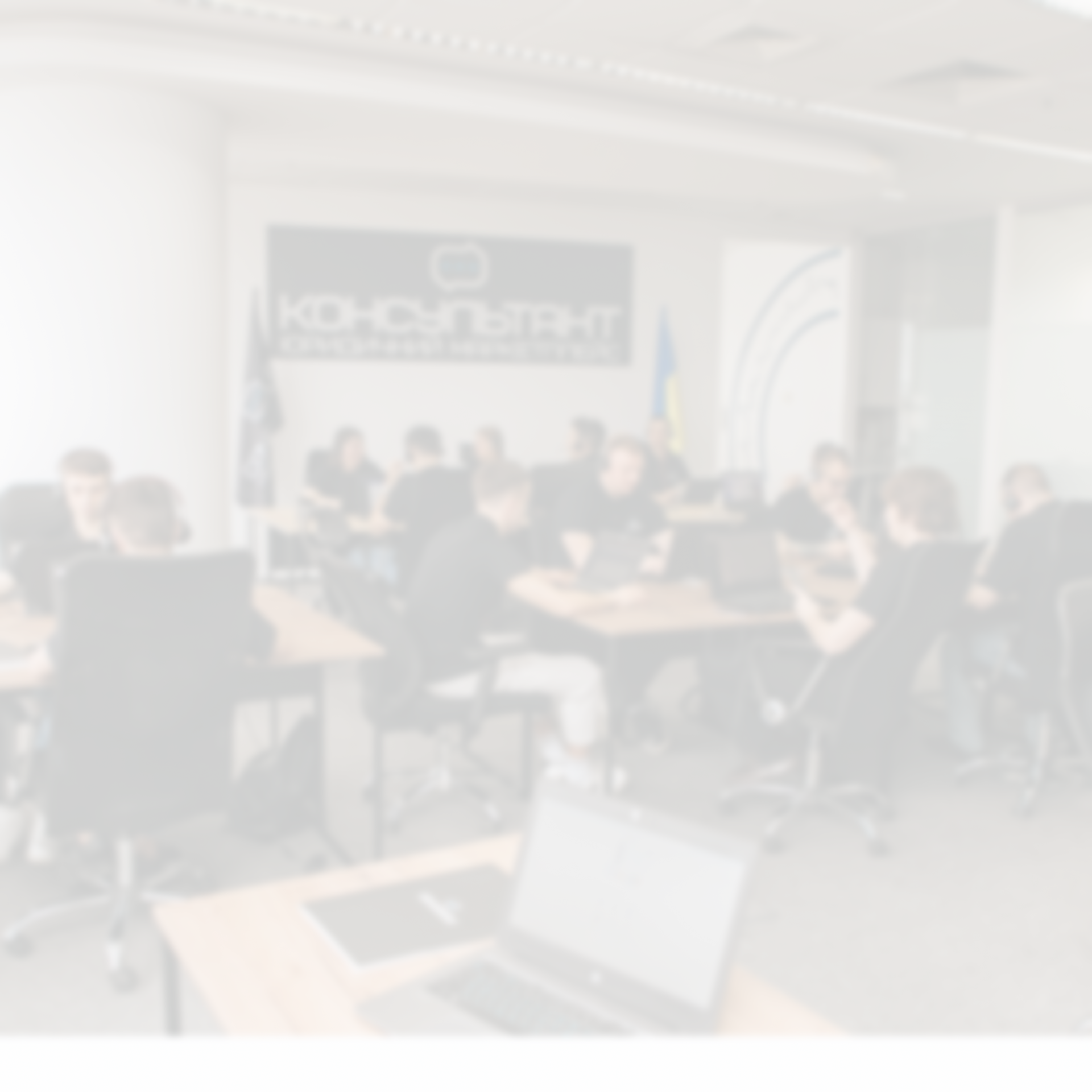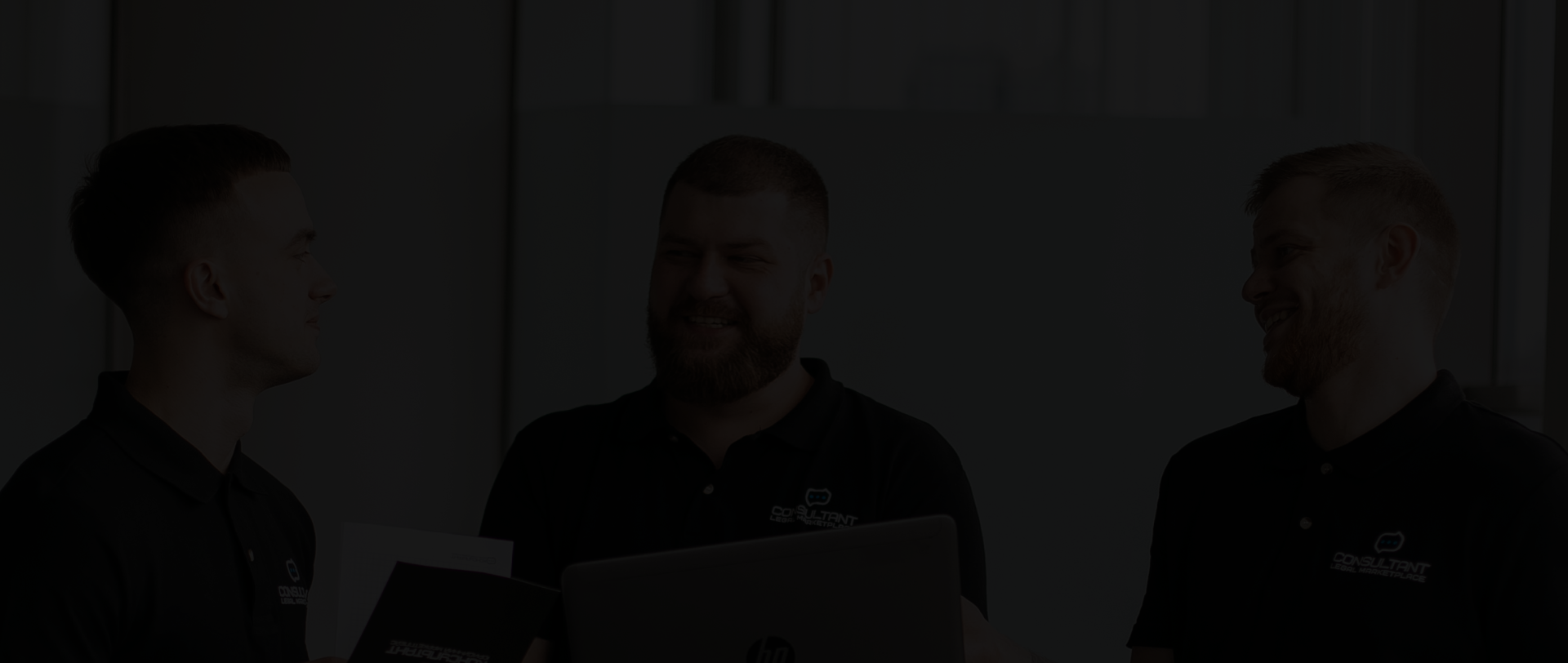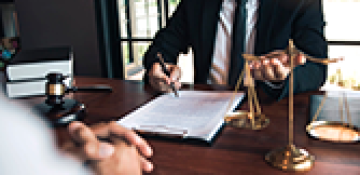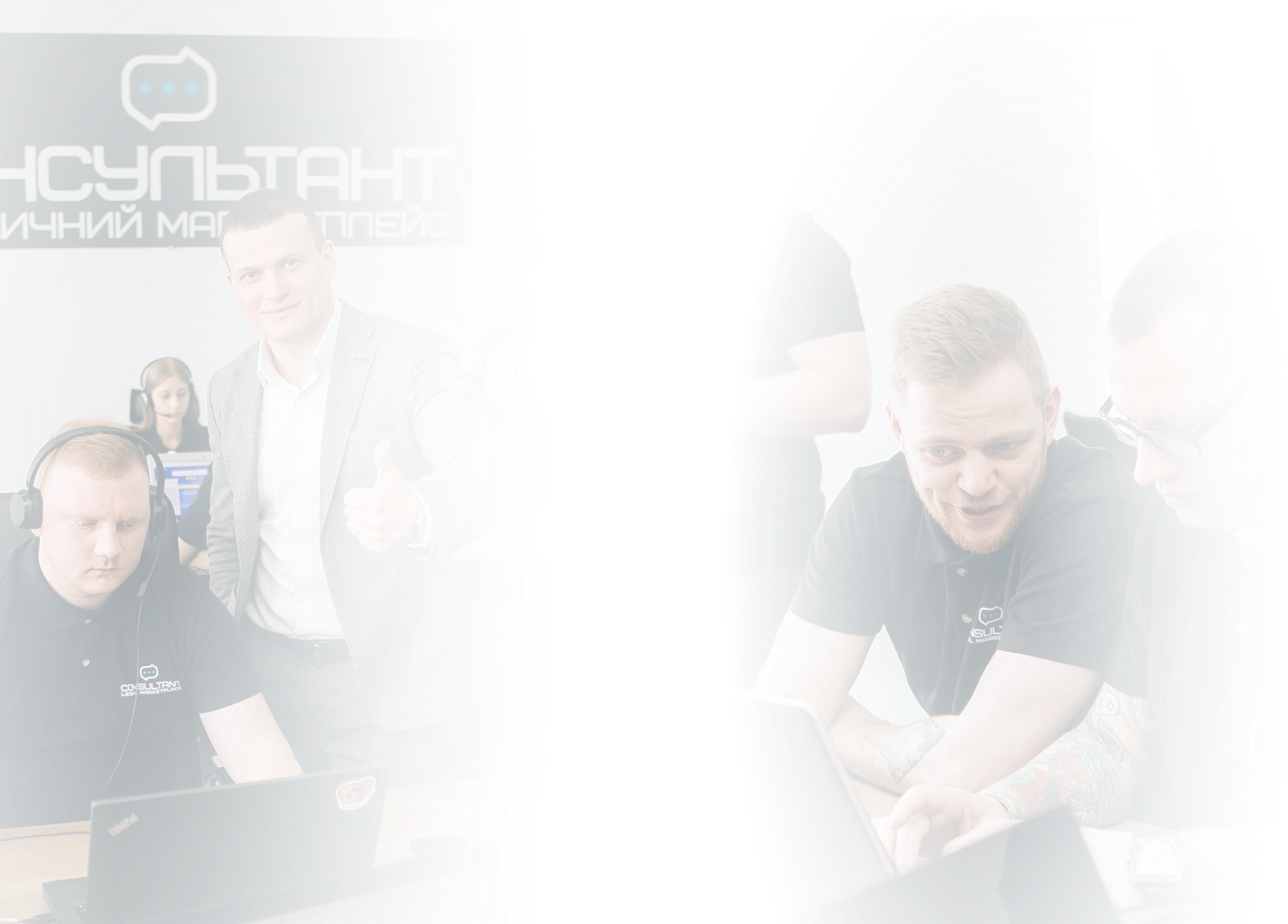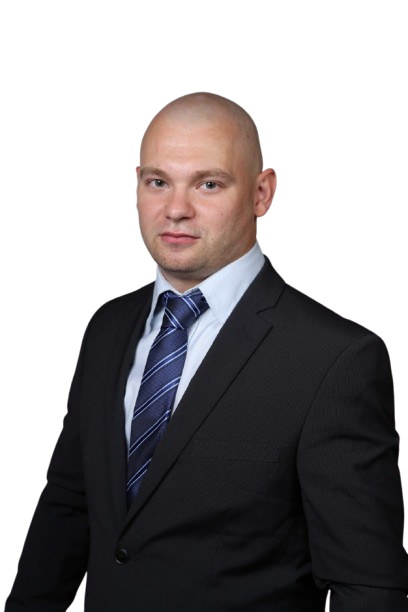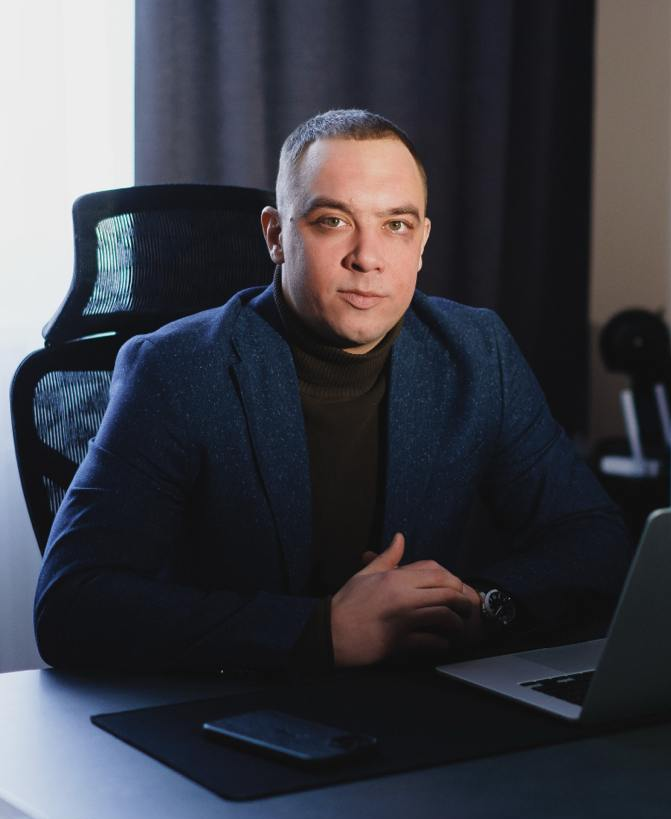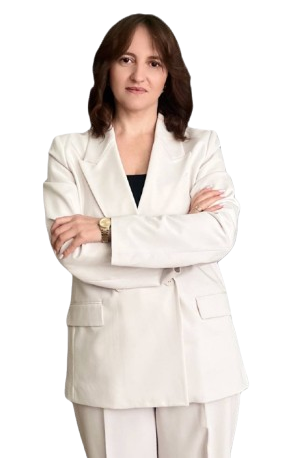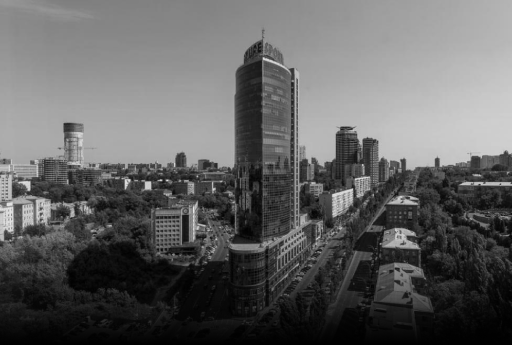Protection of intellectual property rights: legal framework and effective mechanisms
In today's world, ideas, brands, developments and creative products are no less valuable than tangible assets. That is why the protection of intellectual property (IP) rights has become a key element in doing business, developing innovations and ensuring competitiveness. The legal protection of intellectual property covers a system of rules governing the creation, use and protection of intangible objects, from literary works to software code and inventions.
What is intellectual property?
Intellectual property is a set of rights to the results of intellectual activity and means of individualisation. It is divided into two broad categories.
Copyright and related rights - covers works of science, literature, art, music, software, photographs, scripts, journalistic articles, etc.
Industrial property - includes inventions, utility models, industrial designs, trademarks, geographical indications, trade secrets, and integrated circuit topographies.
The protection of intellectual property provides the author or right holder with the exclusive right to use, transfer, license or defend the object in court. These rights are recognised by both national legislation and international treaties, including the Berne Convention, the Paris Convention and WTO agreements.
Why do you need to protect your intellectual property?
In the digital era, the risks of copying, plagiarism or unauthorised use have increased significantly. That's why effective legal protection of intellectual property rights is key to a stable business, preserving investments and protecting reputation. Among the key reasons:
- Protection against theft of ideas, technologies, artistic and technical solutions.
- The ability to monetise an intellectual product through licences or franchises.
- Creating an asset that increases the company's capitalisation and attracts investors.
- Ensuring competitive advantages in the market and protection from unfair actions of competitors.
- Possibility of legal action in case of infringement of rights, including compensation for damages and prohibition of the use of the object.
In addition, intellectual property protection helps build a reputation for responsible business, reduces the risk of future litigation and facilitates access to international markets.
Main intellectual property objects
For effective protection, it is important to know what objects can be recognised as intellectual property. The list of such objects includes:
- Works of authorship - books, articles, poems, scripts, artworks, programmes, music, videos, photographs.
- Software and databases - are registered as copyrighted objects and are important for IT companies.
- Inventions and utility models - technical solutions, devices or methods that are protected by a patent.
- Industrial designs - packaging, product design, user interface, fonts and style elements.
- Trademarks (brands) are verbal, graphic or combined signs for goods and services registered in national and international registers.
- Trade secrets (know-how) are business processes, formulas, recipes, algorithms that are not disclosed to the public and are protected by confidentiality.
- Geographical Indications - names of places of origin of goods that have unique properties due to the area or traditions.
- Integrated circuit topographies - specific chip designs that are legally protected.
Each type of individual property has its own registration or protection procedure. In most cases, protection starts with filing an application with a patent or copyright authority (e.g. Ukrpatent, WIPO, EUIPO).
Ways of legal protection of intellectual property
Depending on the situation, the right holder may choose one or more ways to protect his intangible assets:

Official registration of rights - filing an application for a trademark, patent or industrial design with the relevant authorities. Registration creates legal proof of rights that can be used in court or during business negotiations.

Contractual mechanisms - entering into rights transfer agreements, licensing agreements, NDAs (non-disclosure agreements), co-authorship or collective ownership agreements.

Judicial protection is an appeal to the court to stop the use of the object, recover damages, seize counterfeit products or prohibit the dissemination of information.

Media and public opposition - when intellectual property is used on the Internet, it is advisable to take measures to remove it from platforms, to engage mechanisms for blocking infringers through complaints about hosting or domain.

Technical protection - the use of digital signatures, DRM technologies, controlled content access systems, product labelling.
An intellectual property lawyer can also accompany negotiations on the transfer or joint use of an object, prepare agreements with authors, freelancers, developers, and advise on the observance of third-party rights.
Frequently asked questions about the protection of intellectual property rights
Question
Do I need to register my copyright?
Answer
Copyright arises automatically from the moment a work is created. However, voluntary registration confirms the date of creation and the identity of the author, which is useful in the event of a dispute.
Question
What is the cost of registering a trade mark in Ukraine?
Answer
The basic cost starts at UAH 4,000 for one category of goods/services. The final amount depends on the number of classes and the speed of the procedure.
Question
What should I do if someone copies my logo or programme?
Answer
First of all, record the fact of the infringement (screenshots, witnesses, URL), contact a lawyer, and send an official claim. If necessary, file a lawsuit.
Question
Is it possible to protect copyright abroad?
Answer
Yes, it is. Most countries recognise copyright without registration in accordance with the Berne Convention. However, for enhanced protection, it is advisable to carry out national or international registration (through WIPO).
Question
What documents are required to register a patent?
Answer
The application must contain a description of the invention, drawings, claims, abstract and information about the applicant. A lawyer will help you prepare them in accordance with the requirements of Ukrpatent or WIPO.
ConclusionIntellectual property protection is not a formality, but a strategic necessity in today's competitive environment. From trademark registration to patent application support, legal support allows you to secure the rights to your developments, unique solutions and brands. The Consultant service provides a full range of services for the legal protection of intellectual property: from consultations to legal representation. Do not delay the protection of your ideas - ensure their legal security today.



